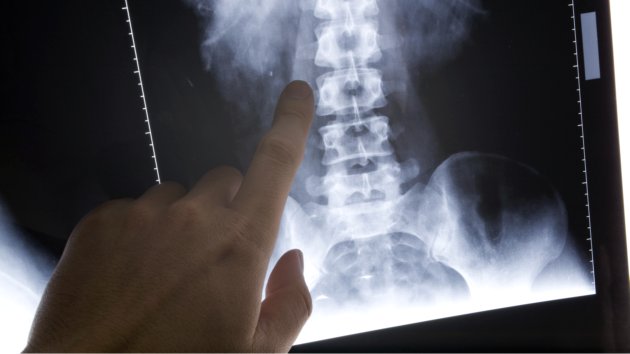Have you ever considered the importance of an accurate medical diagnosis? Particularly when it comes to spinal injuries, the margin for error is narrow. One such severe spinal condition is Cauda Equina Syndrome (CES). If not identified promptly, the consequences can be dire.
Understanding CES: A Brief Overview

Spinal injuries, disease and infection in the lower back can cause a severe condition called Cauda Equina Syndrome (CES). CES occurs when pressure is placed on the cauda equina nerve located in the lower back. Cauda Equina Syndrome must be correctly and quickly diagnosed at the outset of symptoms if the patient is to have any hope of recovery.
Symptoms of Cauda Equina Syndrome
“Red Flag” symptoms that indicate CES can include:
- Medical history (recent spinal injury, herniated disc., history of cancer, recent procedure such as lumbar puncture, etc.)
- Severe lower back pain
- Weakness, numbness, or pain in one, or both legs
- Saddle anesthesia
- Bowel and/or bladder Incontinence or retention
- Sexual dysfunction
A diagnosis of CES requires immediate medical treatment, usually emergency spinal surgery to relieve the pressure on the cauda equina nerve. Delaying treatment for even 48 hours can leave a patient with devastating, life-changing injuries, such as permanent numbness in the affected area, loss of bladder or bowel control, sexual dysfunction and even paralysis.
Common Misdiagnoses of CES
The initial symptoms of CES often resemble those of sciatica – a prevalent back pain stemming from pressure on the sciatica nerve in the lower back. While severe sciatica might demand surgery, the typical remedy involves painkillers and rest.
Other mistaken diagnoses include:
- Fibromyalgia: Primarily affecting muscles, ligaments, or tendons.
- Urinary tract infection: Especially when CES presents with bladder issues.
- Arachnoiditis: An inflammation of a membrane encasing spinal cord nerves, often stemming from back surgery errors. Its symptoms, including numbness, pain, and bladder or bowel dysfunctions, can also be red flags for CES.
Making A Correct Diagnosis
A responsible healthcare professional will be aware of the red flags that may suggest a more serious prognosis than sciatica, such as paralysis, saddle anesthesia and bladder/bowel dysfunction. If the healthcare professional suspects CES may be the cause of the patient’s pain, they should immediately make the necessary tests and examinations to confirm or deny their diagnosis.
These tests can include:
- Magnetic resonance imaging (MRI)
- Computerized tomography (CT)
- Neurological exams to test sensation, reflexes and strength in the lower limbs
- Myelogram
- Nerve tests, including nerve conduction velocity (NCV) and/or Electromyography (EMG)
Failing to make the correct diagnosis may result in an unacceptable delay in treatment.
Are You Suffering after a Misdiagnosis for Cauda Equina Syndrome?
Medical professionals are required to provide an acceptable level of care to their patients. A misdiagnosis for Cauda Equina Syndrome that delays treatment is failing to provide that acceptable level of care. If the patient suffers as a result, they may be able to file a medical malpractice lawsuit to recover compensation for the damages from the healthcare professional’s negligent action.
Lisa Levine is a nationwide cauda equina syndrome misdiagnosis lawsuit attorney specializing in CES cases. She has handled and consulted on more than 60 cases across the U.S., including in New Jersey, Utah, California, Wisconsin, Florida, Alabama, Georgia, Louisiana, New York and Texas. She is dedicated to helping those who have been injured as a result of medical malpractice, including those who have suffered due to a misdiagnosis for CES, get the justice they deserve.
If you have suffered as a result of a misdiagnosis for Cauda Equina Syndrome, contact Lisa Levine to schedule a free consultation to discuss the details of your case.
